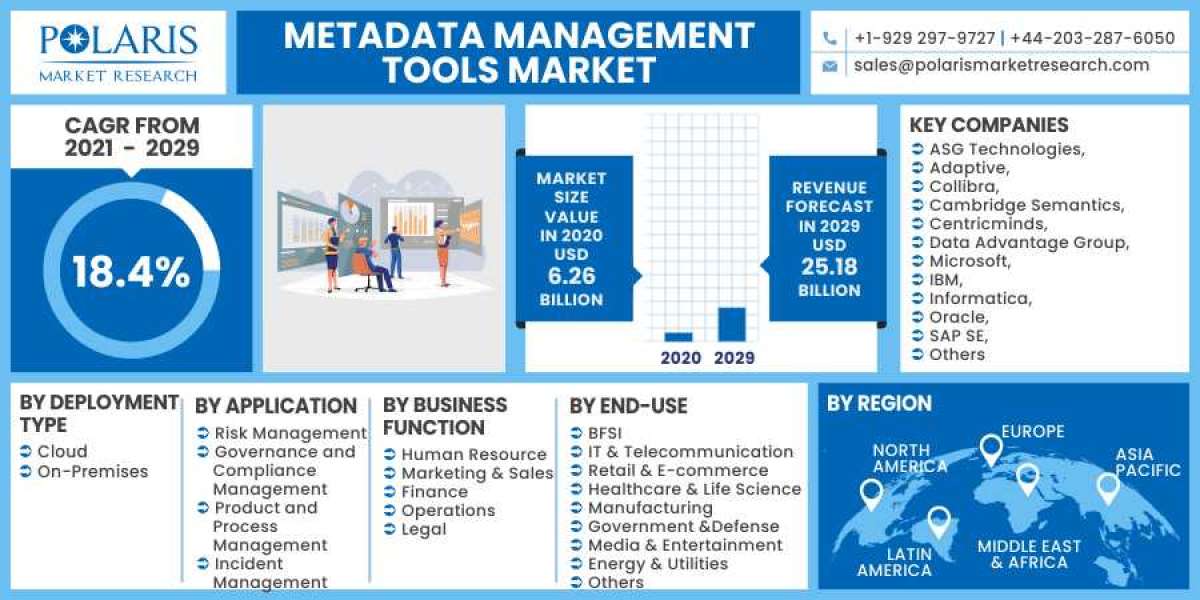Power BI has become a go-to tool for businesses and individuals looking to transform raw data into meaningful insights. Whether you're just starting or want to boost your data analysis skills, this guide will walk you through the process of creating your first Power BI report. If you're considering diving deeper into data visualization, a comprehensive data analytics Power BI course can equip you with the skills you need to succeed.
Why Power BI?
Before we jump into the tutorial, let's take a moment to understand why Power BI is so popular. Power BI is a business analytics service by Microsoft that provides interactive visualizations and business intelligence capabilities with an interface simple enough for end-users to create their own reports and dashboards. Its drag-and-drop features, combined with robust integrations, make it an ideal tool for both beginners and advanced users.
Getting Started with Power BI
To create your first Power BI report, you'll need the following:
- Power BI Desktop: This is the application where you’ll create your reports. You can download it for free from Microsoft’s official website.
- A dataset: For this tutorial, we’ll use a simple Excel file, but Power BI supports a wide variety of data sources, including SQL databases, SharePoint, and even web-based data sources.
Once you have Power BI Desktop installed and ready to go, follow these steps to create your first report.
Step 1: Load Your Data
The first step in creating a Power BI report is importing your data.
- Open Power BI Desktop.
- Click on the Home tab and then select Get Data. From the dropdown list, choose the type of data source. For this tutorial, we’ll use an Excel file, so select Excel.
- Browse your computer for the Excel file and select it.
- Once the file is loaded, a Navigator window will appear, allowing you to choose which sheets or tables you want to import. Select the relevant data and click Load.
Your data is now imported into Power BI, and you’ll see the fields (columns from your dataset) on the right side of the screen.
Step 2: Clean and Prepare Your Data
Before you start creating visualizations, it's essential to clean and prepare your data.
- Click on Transform Data in the Home tab. This will open the Power Query Editor.
- Here, you can filter rows, remove unnecessary columns, and make other adjustments to ensure your data is in the correct format.
- Once you're satisfied with the data cleaning, click Close & Apply to return to the main Power BI interface.
Step 3: Create Visualizations
Now that your data is clean, you can start creating visualizations.
- On the right-hand side, you'll see a Visualizations pane with various chart types (bar, pie, line, etc.).
- Select the chart type you want to use (e.g., Bar Chart).
- Drag the relevant fields from the Fields pane into the Values section under Visualizations.
- For example, if you want to create a bar chart showing sales by region, drag the "Sales" field into the Values box and the "Region" field into the Axis box. Power BI will automatically generate the chart for you.
You can continue adding multiple visualizations to your report page by repeating these steps.
Step 4: Customize Your Visualizations
Power BI allows you to customize your charts to make them more informative and visually appealing.
- Select the visualization you want to customize.
- Use the Format pane (paint roller icon) to change the chart colors, add titles, adjust data labels, and more.
- For example, you can add a title by toggling the Title switch in the Format pane and entering the desired text.
Take some time to experiment with different customizations until your report looks just the way you want it.
Step 5: Create Interactive Filters and Slicers
One of Power BI’s strengths is its ability to create interactive reports. Slicers and filters allow users to interact with your data in real time.
- Go to the Visualizations pane and select the Slicer visualization.
- Drag a field (e.g., "Year" or "Region") into the slicer to create an interactive filter.
- Place the slicer on your report canvas, and users will be able to filter the visualizations by selecting values in the slicer.
Step 6: Add Additional Pages (Optional)
If you want to create a more comprehensive report with multiple pages, you can add new pages.
- At the bottom of the canvas, click the + button to add a new page.
- Each page can contain its own set of visualizations and filters, allowing you to organize your data efficiently.
Step 7: Publish and Share Your Report
Once you're happy with your report, you can publish it to Power BI’s online service for sharing and collaboration.
- In the Power BI Desktop toolbar, click on Publish.
- Sign in to your Power BI account (if you don’t have one, you can create a free account).
- Choose a workspace to publish your report.
Once published, you can share the report with colleagues, export it as a PDF, or embed it in other applications like SharePoint or Microsoft Teams.
Step 8: Learn and Improve
Power BI is a powerful tool with a vast array of features, and this tutorial only scratches the surface. If you want to deepen your knowledge and gain practical insights into creating complex reports, consider enrolling in a Power BI training course. These courses offer hands-on experience and expert guidance, ensuring you get the most out of the platform.
Conclusion
Creating your first Power BI report might seem daunting at first, but with practice, you'll find it to be an intuitive and rewarding process. By following this step-by-step tutorial, you should now have a basic report with clean data, visualizations, slicers, and interactive filters. Whether you're analyzing sales data, tracking KPIs, or creating financial reports, Power BI can help turn your data into actionable insights, making it a valuable tool in both business and education settings.
If you're in Australia or anywhere else looking to gain more advanced skills in this area, consider enrolling in Power BI training Australia programs, where you can dive deeper into data modeling, report automation, and more. Happy reporting!







